

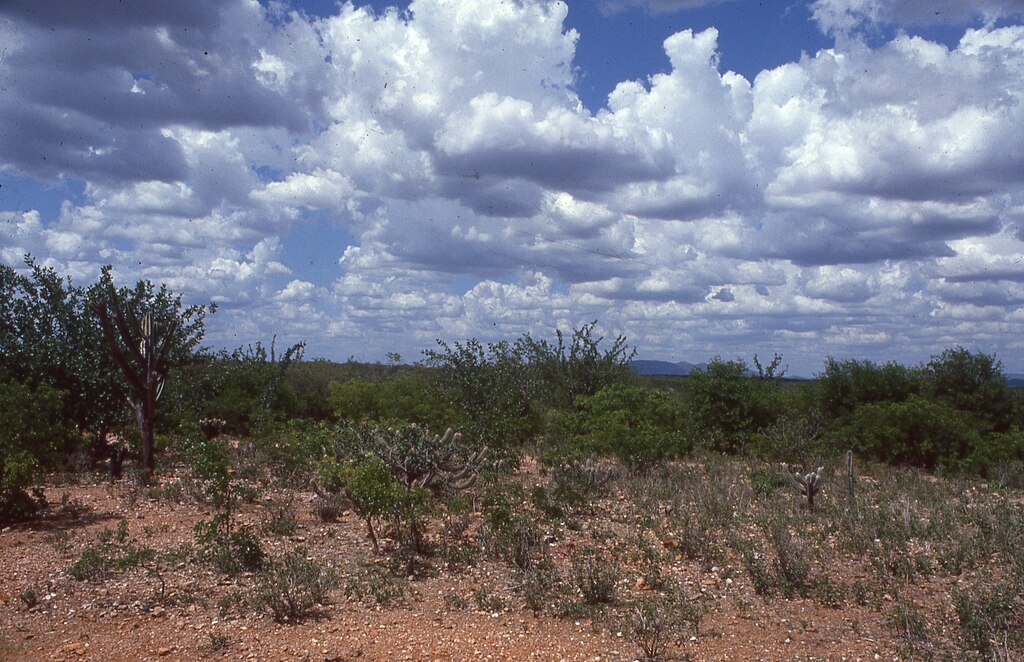
Study carried out in Brazil’s semi-arid biome found that removing animals did not lead to significant improvements, even after three years of spontaneous soil recovery. Researchers suggest complementary measures such as green manure and strategic tree planting.
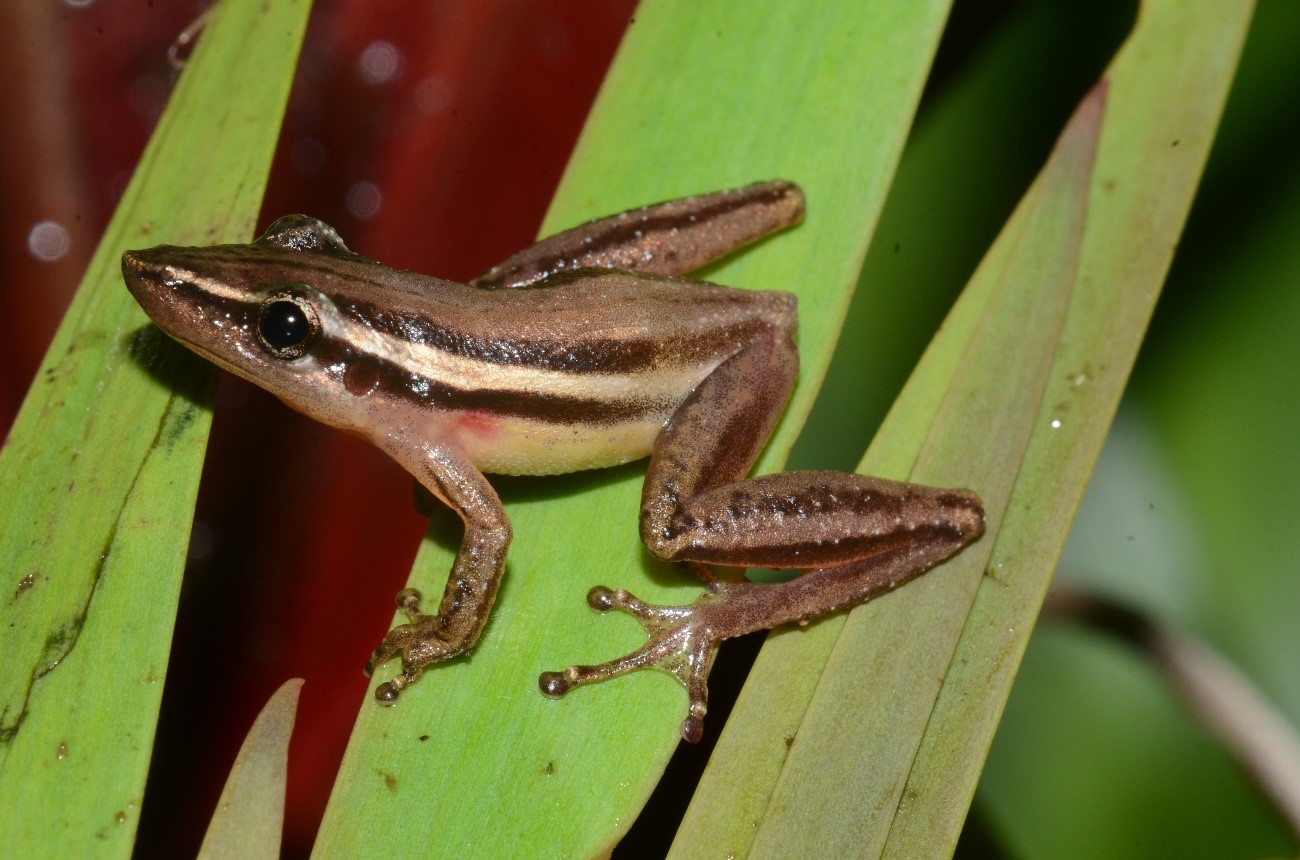
A study by Brazilian and Swiss researchers predicts that even in an optimistic greenhouse gas emissions scenario, 99% of the area of the Upper Paraguay River Basin will be lost.
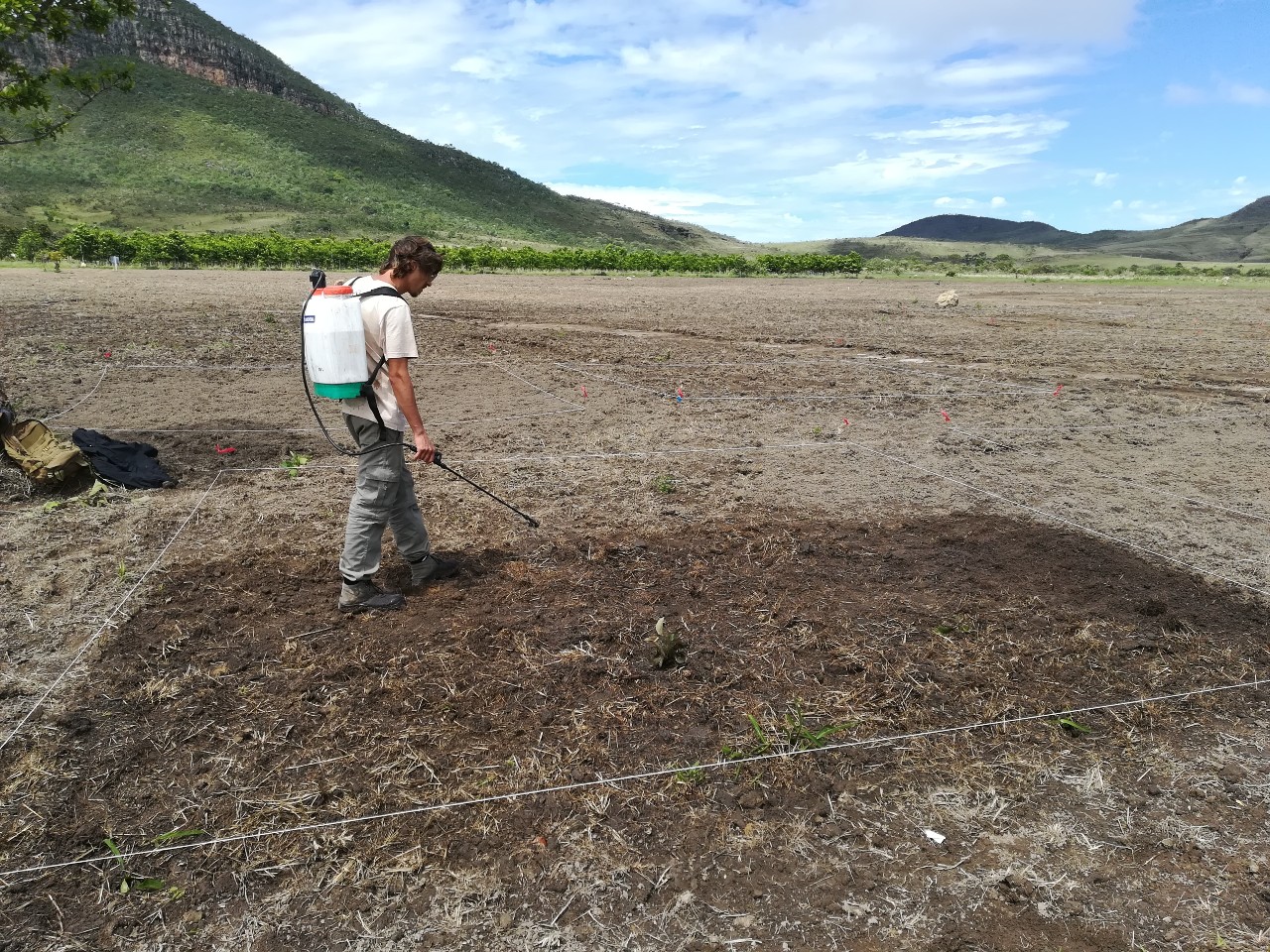
Application of iron sulfate in a degraded area of the Chapada dos Veadeiros National Park, in central Brazil, reduced nutrient availability and contained exotic species, allowing grasses typical of the Cerrado biome, adapted to poor soils, to regrow.
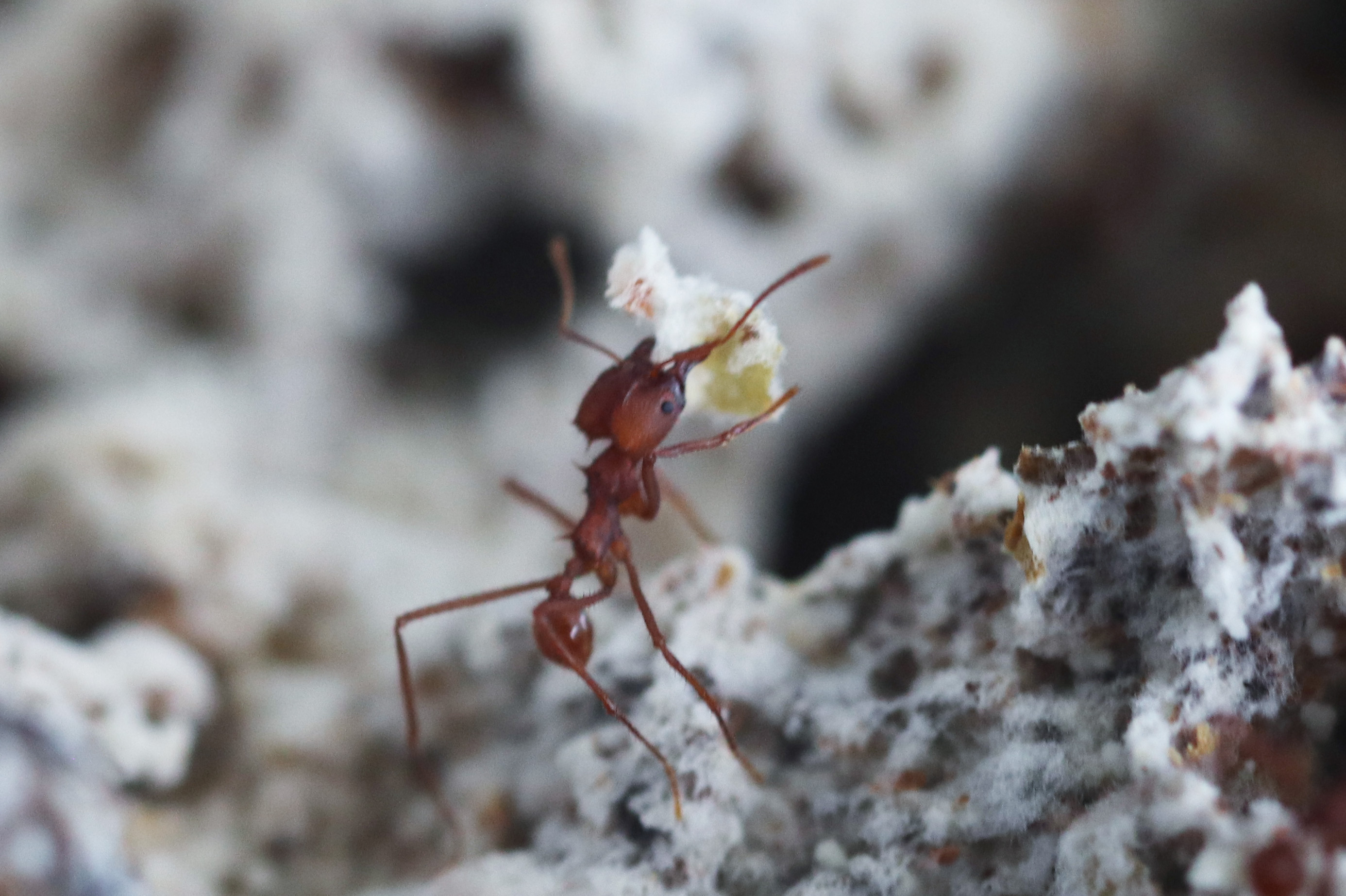
Characteristics of social immune memory were observed in colonies of Atta sexdens exposed to four different pathogenic fungi. The insects increased their cleaning behavior one week and one month after initial contact, but not after 60 days.
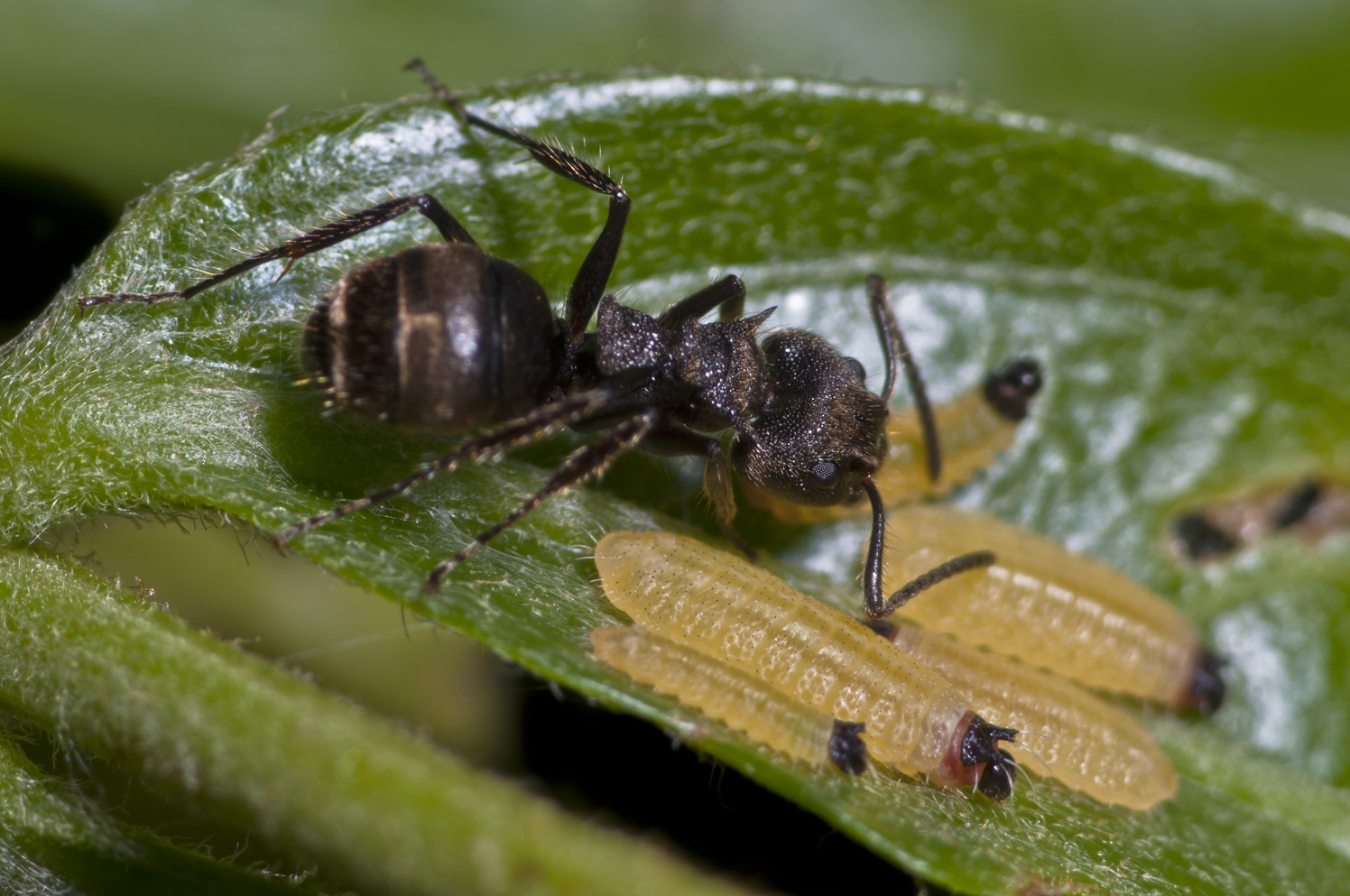
Caterpillars secrete a sugary liquid that assures recognition and protection from predators by a certain ant species, but protection became attack when the pairings were switched in an experiment.
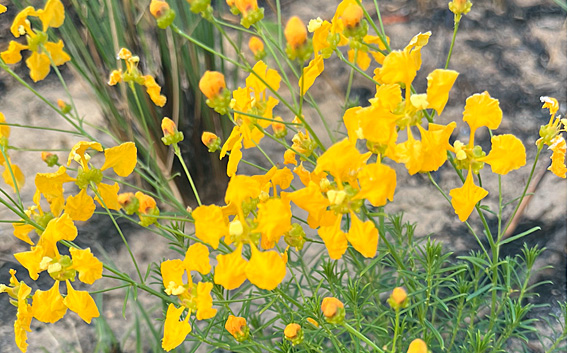
Less studied than grasses and trees, these plant species are of enormous importance to the Brazilian savannah biome in terms of biodiversity, carbon storage, regeneration after disturbance, and the provision of ecosystem services such as food and medicine.
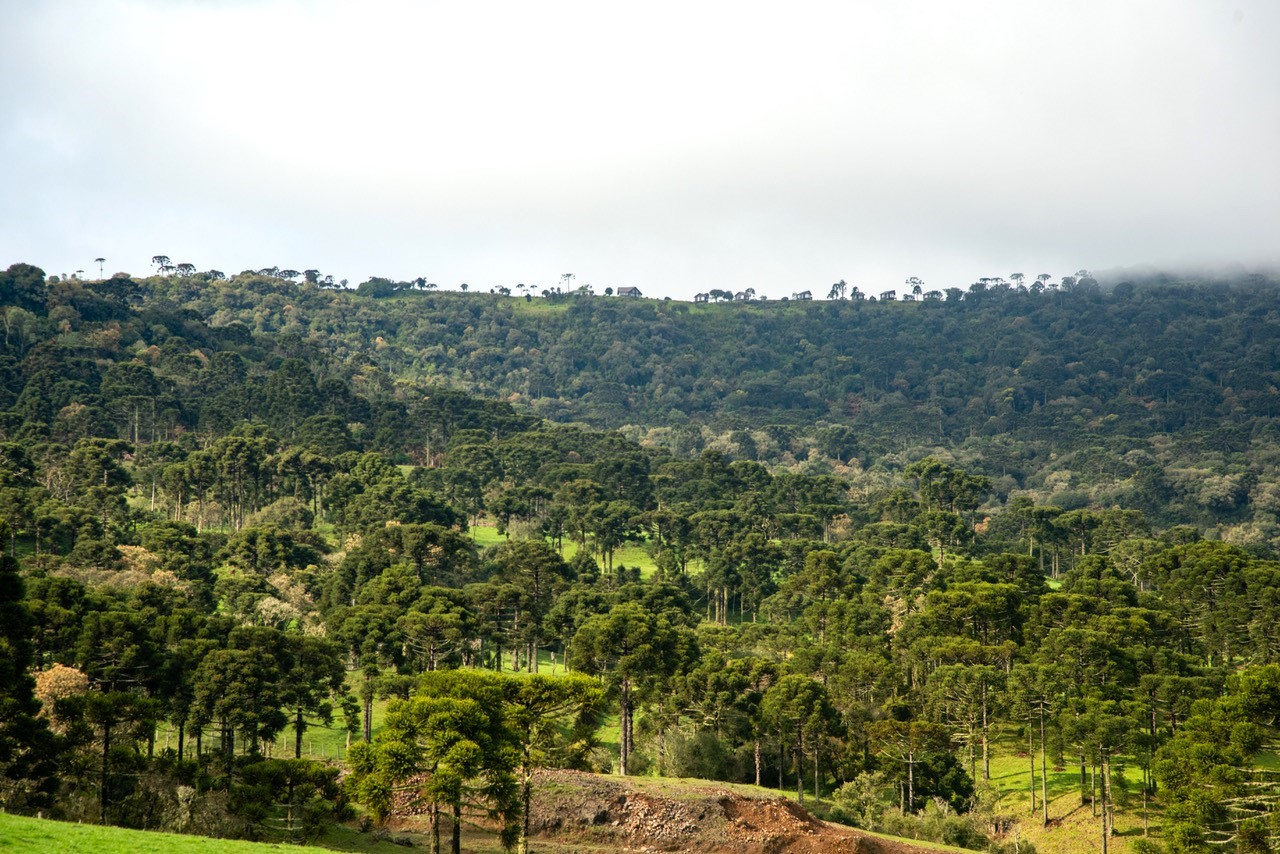
The study used advanced DNA sequencing techniques, machine learning and analysis of fossil pollen records to investigate the history of this forest formation.
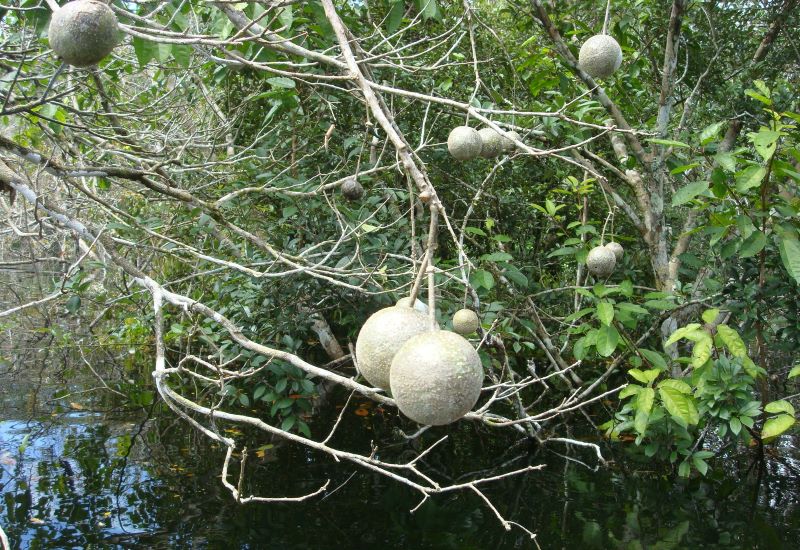
The estimate, published in the journal Nature, is that 2.24% of tree species in the Amazon, Africa and Southeast Asia account for 50% of the 800 billion trees in the tropical biome. Listing the hyperdominant species, as they are called, helps scientists more accurately measure processes such as carbon storage.
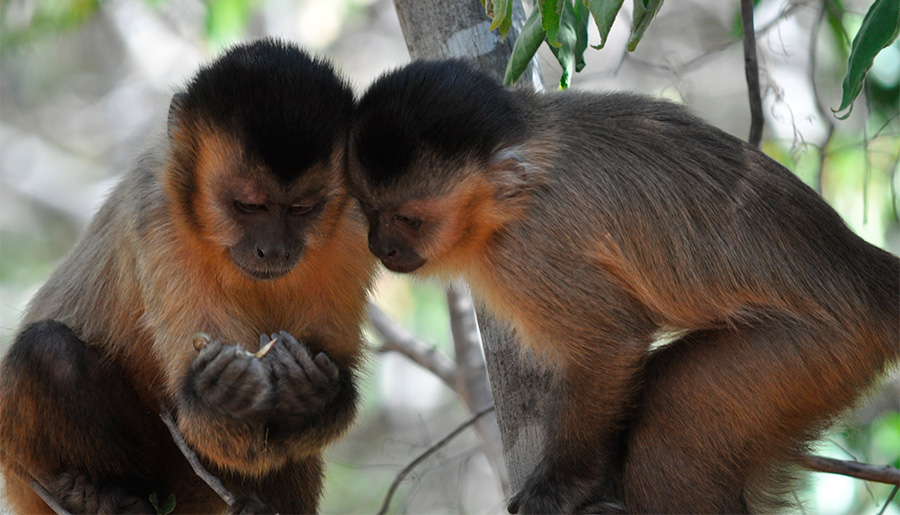
Study published in PNAS by researchers from Brazil and the UK shows that primates from the Brazilian semi-arid biome are able to acquire new knowledge as long as their presence is tolerated by other members of the group.
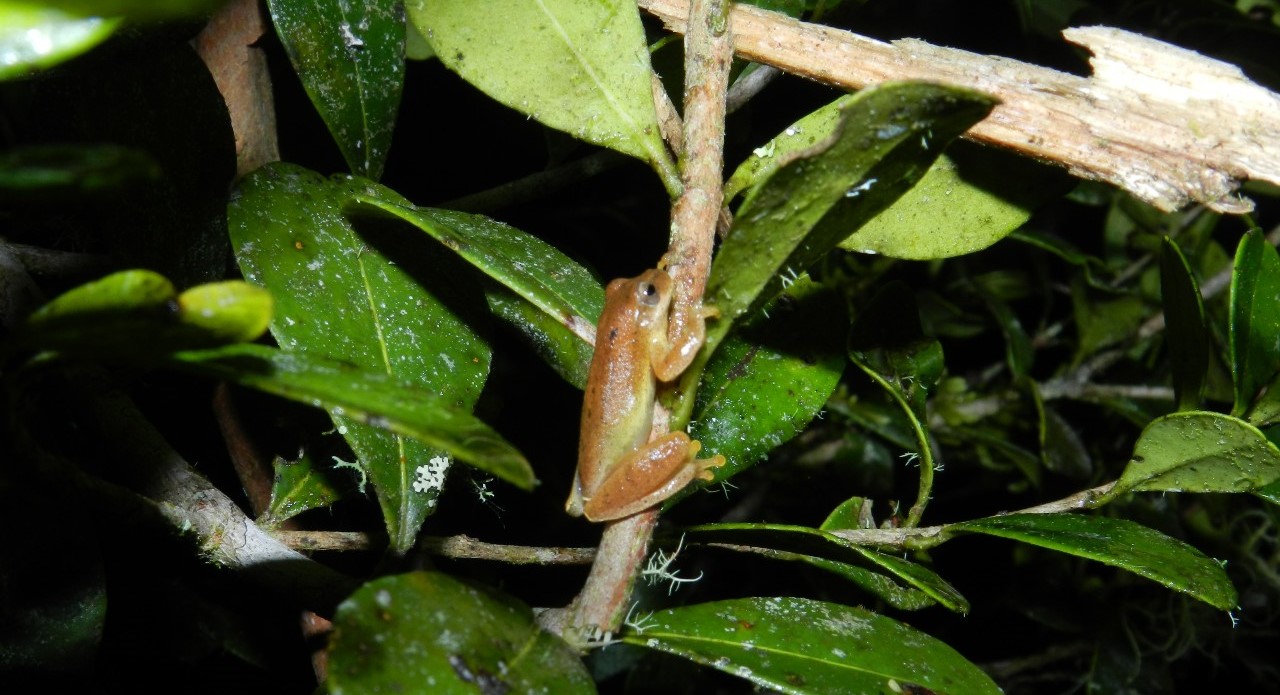
A study published in Nature Climate Change predicts that 36% of anurans’ habitats worldwide will soon be threatened by a combination of rising temperatures and water scarcity. Brazil has the greatest diversity of anurans in the world and some of the most vulnerable anuran habitats.
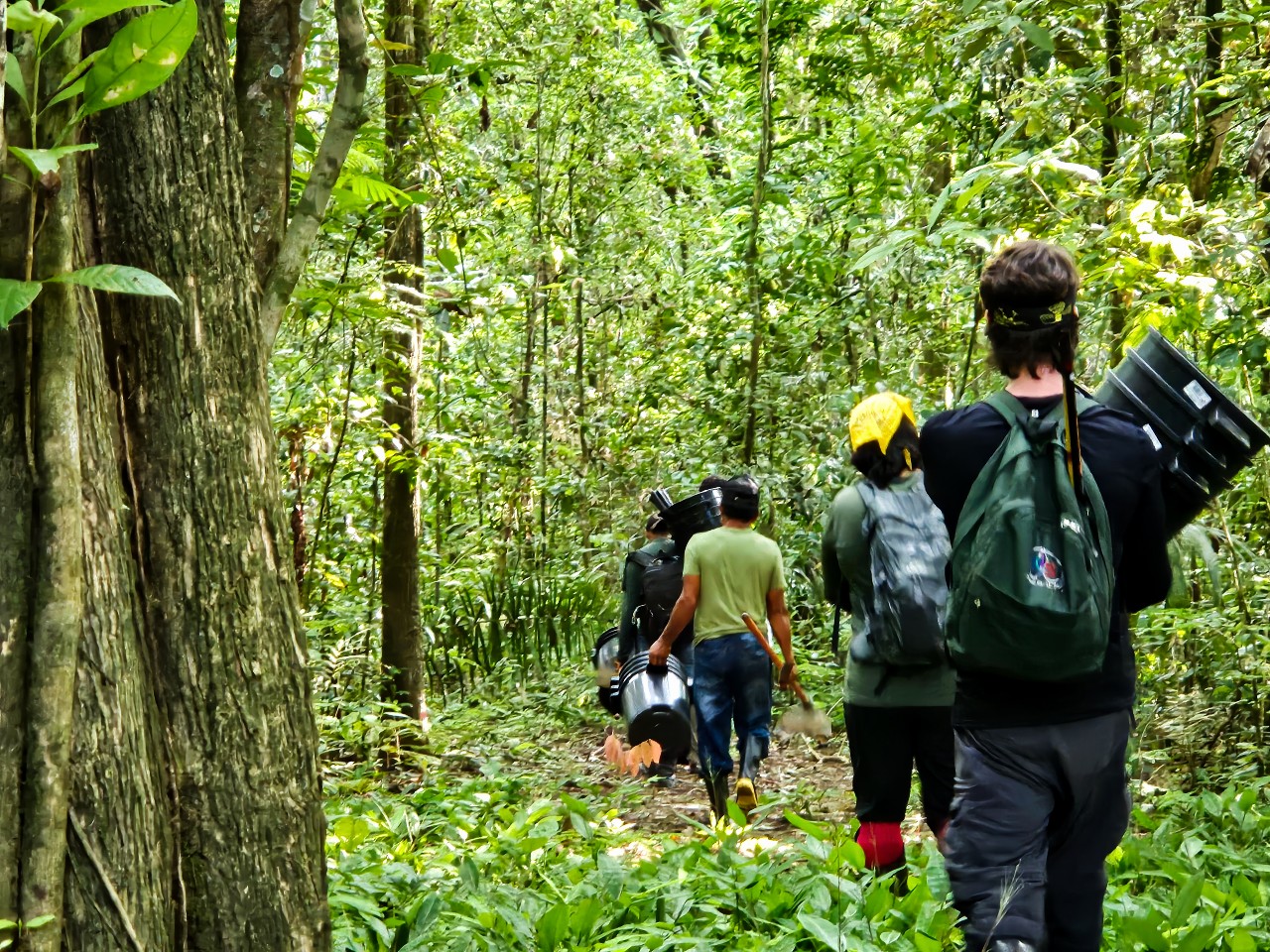
An expedition to the Maracá Ecological Station, about 130 kilometers from the capital Boa Vista, collected more than 400 specimens to study how these animals are coping with the temperature increases predicted for the coming decades. The work is part of the Amazon+10 Initiative.
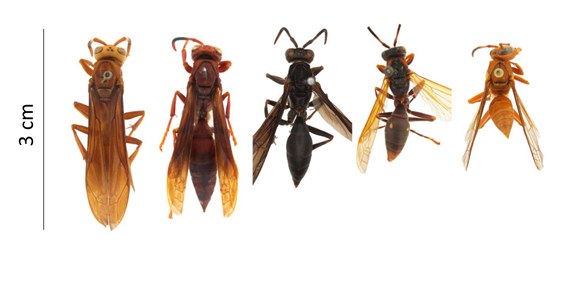
An analysis of 429 specimens belonging to 39 species representative of the diversity of Polistes in the Americas confirmed the inverse of Bergmann’s rule by pointing to larger body size for species occurring in or near the tropics compared with species inhabiting higher latitudes.
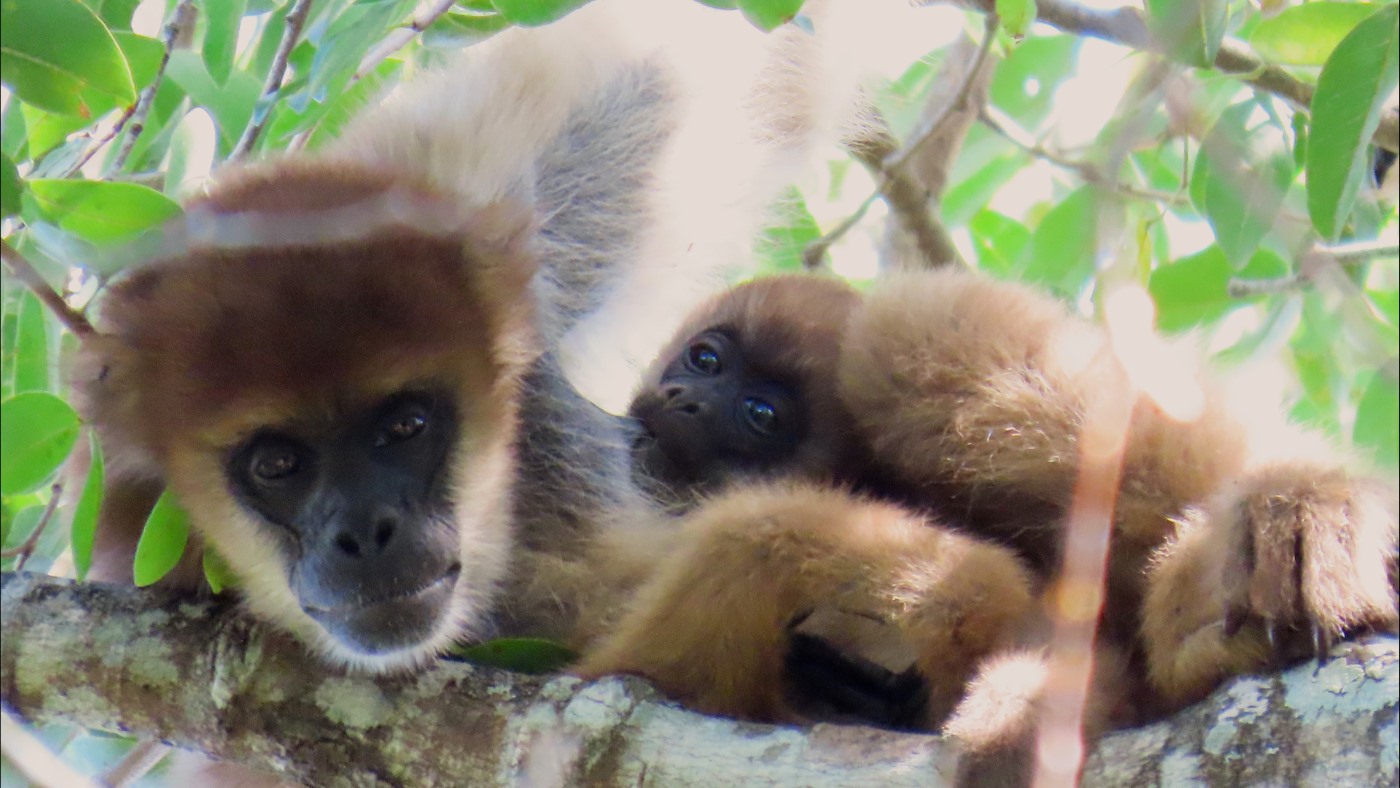
At the Barreiro Rico Ecological Station in Anhembi, different approaches are shared between researchers in an effort to understand the relationship between the forest and the Southern muriqui, and to connect populations by means of ecological corridors. Fire prevention in the area has allowed the group to thrive after almost disappearing.

Brachycephalus dacnis is the seventh species of flea toad identified and is larger only than an individual of a closely related species found in southern Bahia state, Brazil. The study published in PeerJ was led by a group at the State University of Campinas.
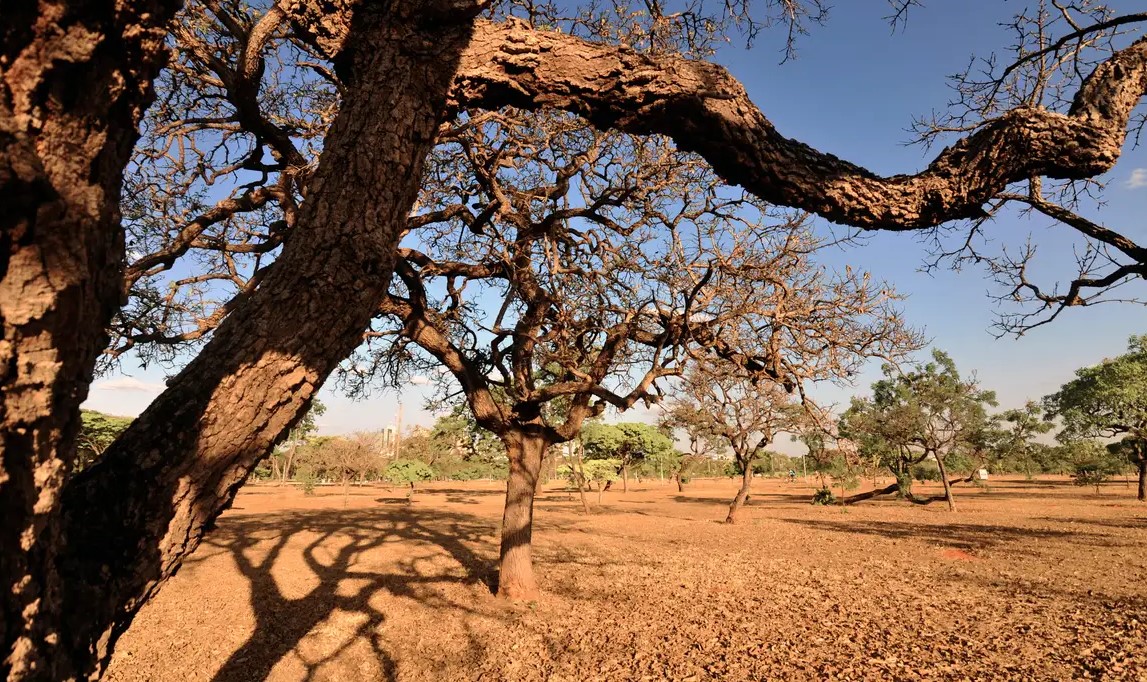
Research focusing on the Caatinga shows that by restoring the soil, it is possible to achieve quality levels close to those that existed before human interference.
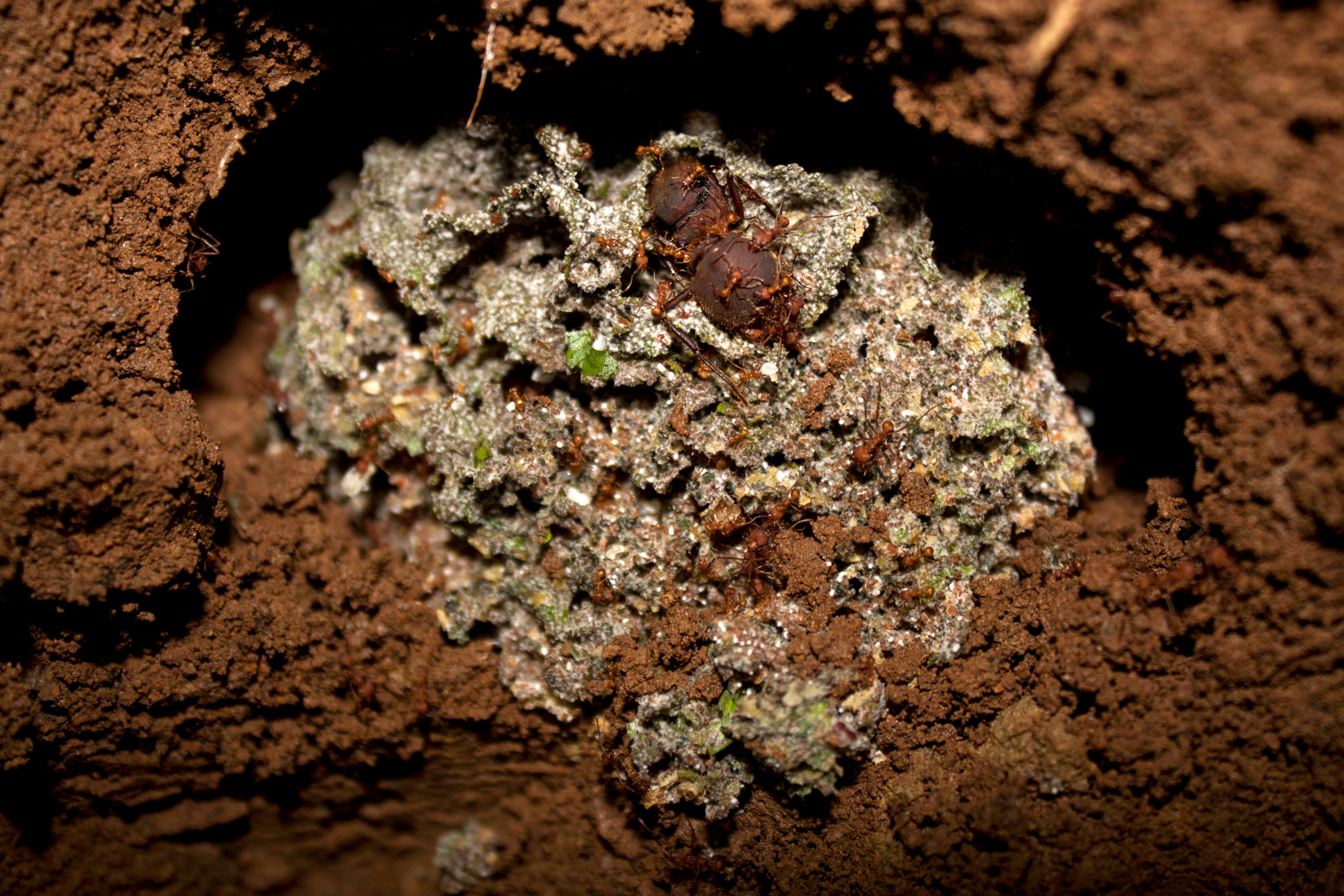
When the dust that covered the skies 66 million years ago prevented plants from photosynthesizing and benefited creatures that fed on decomposing organic matter, these insects selected species that could fill their nutrient void, confirms a study published in Science.
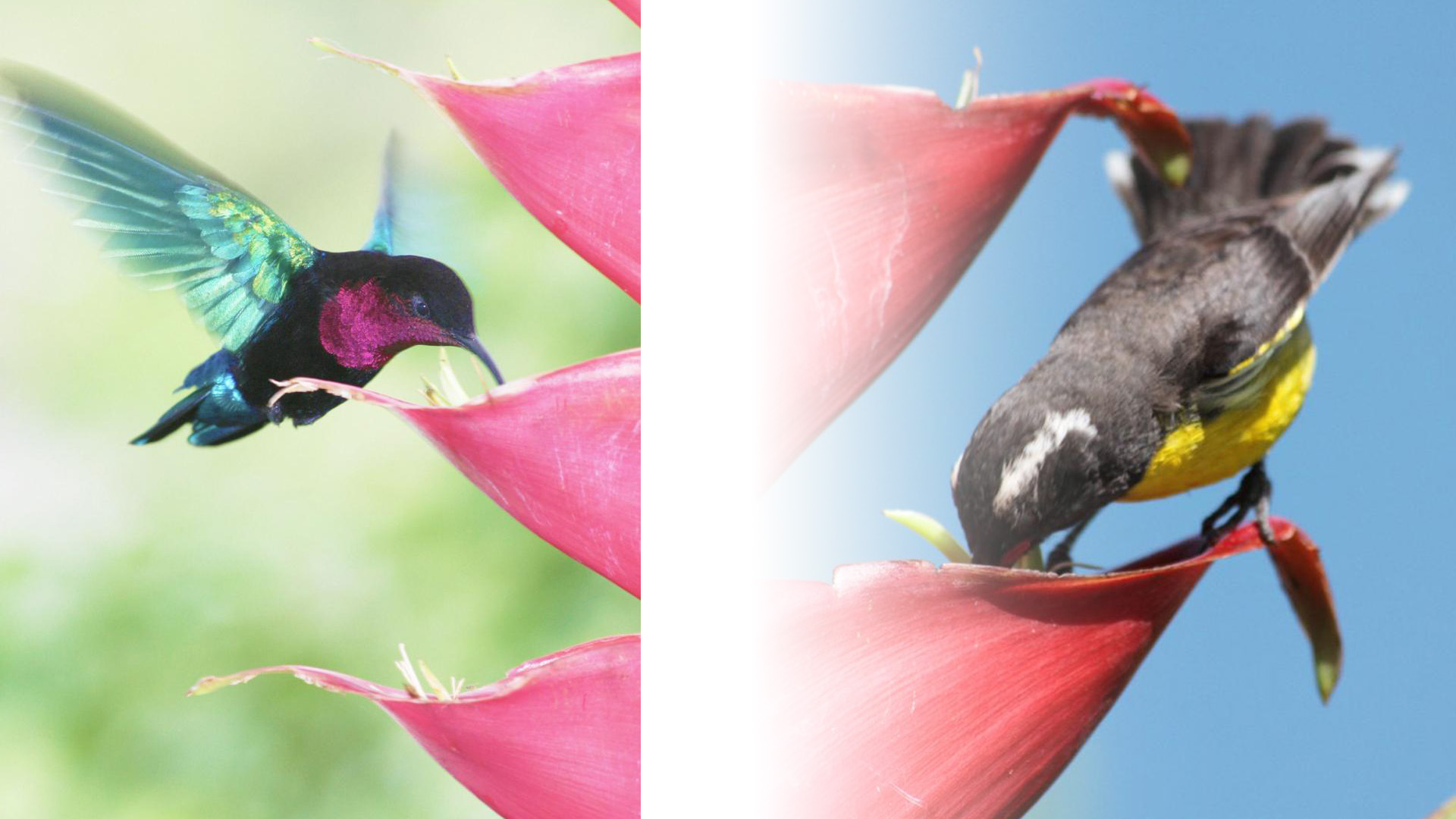
Hurricane Maria killed so many Purple-throated caribs, sole pollinator of two species of heliconia, that other birds were able to gain access to the plants, according to an article in New Phytologist, which concludes that species extinction is a far more complex process than is often thought.
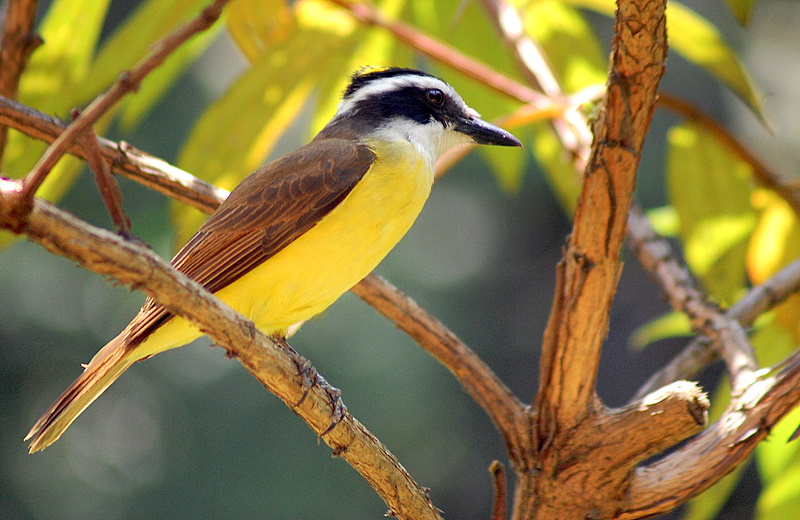
Residents of the cities of Bauru and Belo Horizonte were challenged to identify the image and song of the main bird species that inhabit these places.
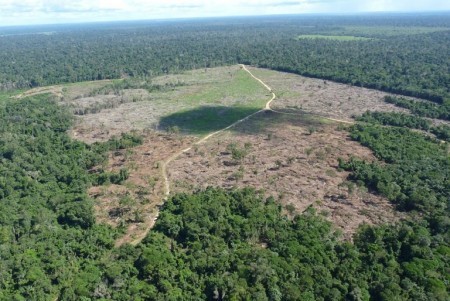
A study by the University of São Paulo shows that expansion of cattle ranching to meet growing domestic demand has contributed more than any other driver to the elimination or degradation of the Amazon’s original vegetation, followed by expanding croplands and urbanization.

Researchers affiliated with the FAPESP Research Program on Global Climate Change met at the State University of Campinas in Brazil to discuss current research priorities in the effort to understand and combat the consequences of the extreme events caused by global warming.
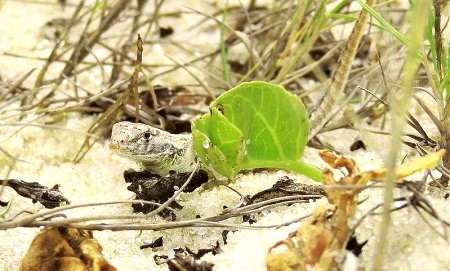
A study conducted by Brazilian scientists and colleagues in other countries shows that earthquakes, hurricanes, tsunamis and volcanic eruptions increase the risk of extinction for mammals, birds, reptiles and amphibians. The natural events may have synergies with hazards due to human activity.
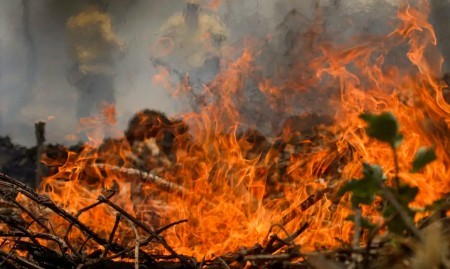
A report by an international group of researchers including three Brazilians shows that climate change tripled the probability of weather conditions favoring unprecedented wildfires in Canada and multiplied it by a factor of 20 in western Amazonia between March 2023 and February 2024. Global carbon emissions were 16% above average.
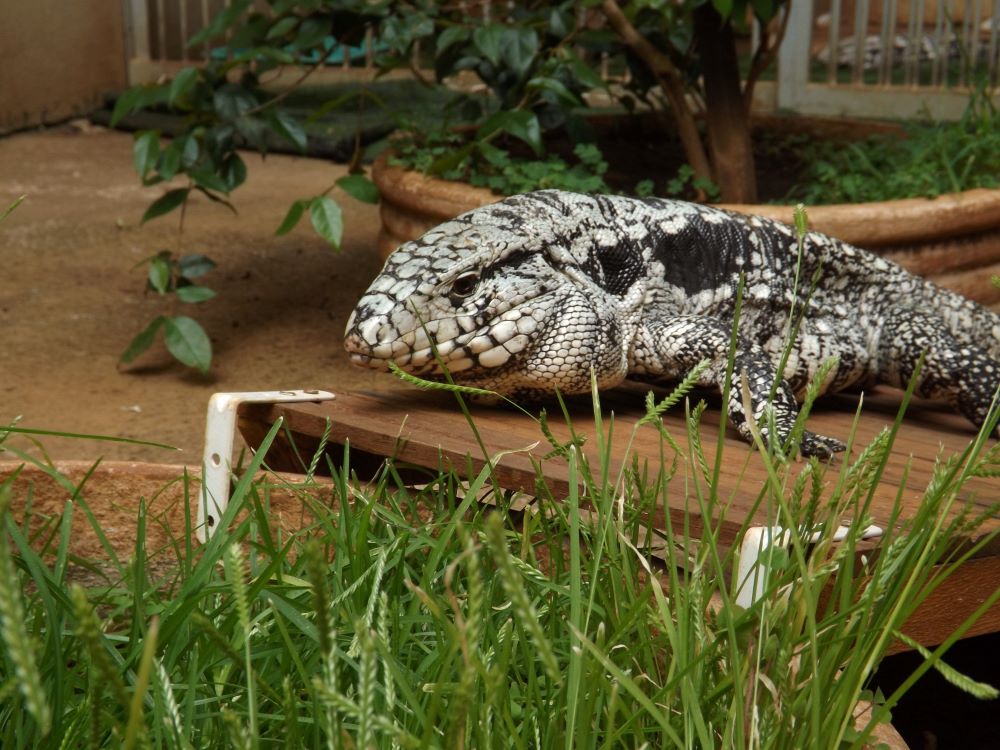
Salvator merianae, a giant tegu lizard endemic to South America, regulates its own body temperature during the mating season without relying on external heat and without shivering. Experiments conducted by researchers at São Paulo State University pointed to rising levels and activity of mitochondria in skeletal muscle as the basis for this endothermic ability.
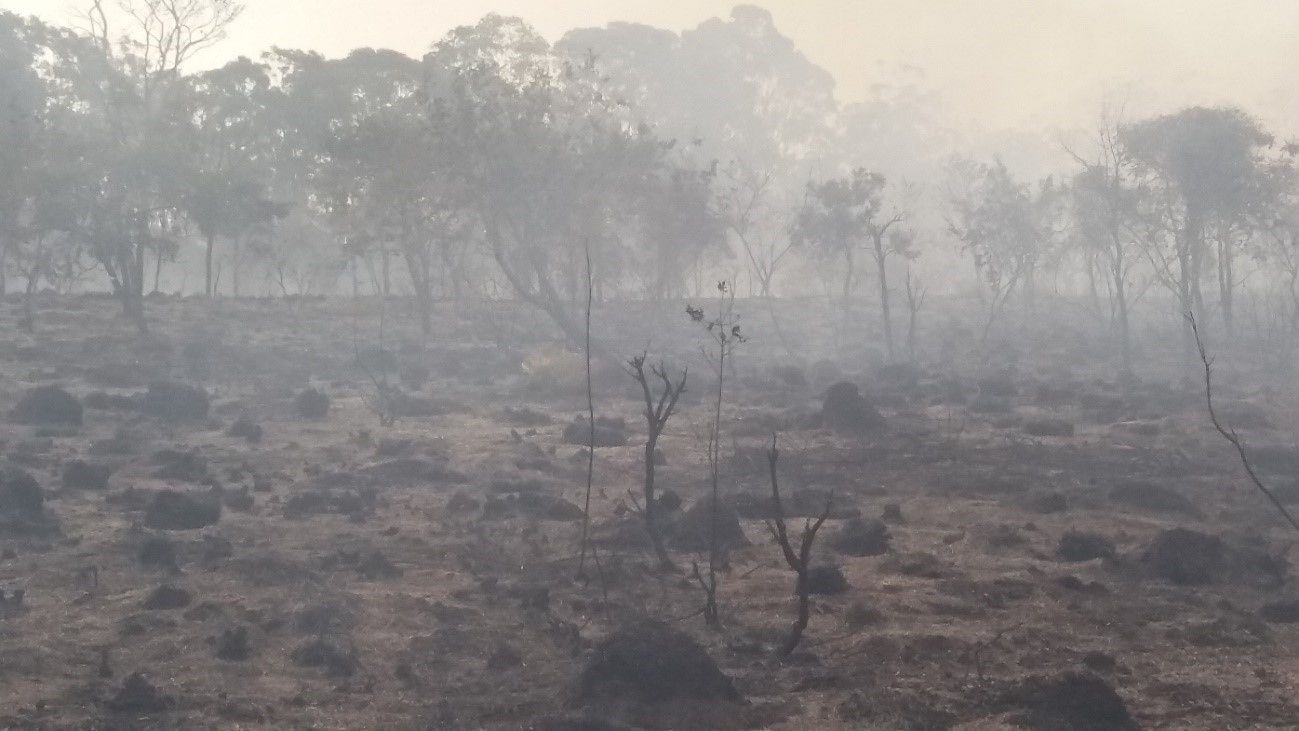
The study investigated the effect of two concentrations of smoke on seeds of 44 species typical of the Brazilian savanna-like biome. The results could be used in management and restoration strategies.
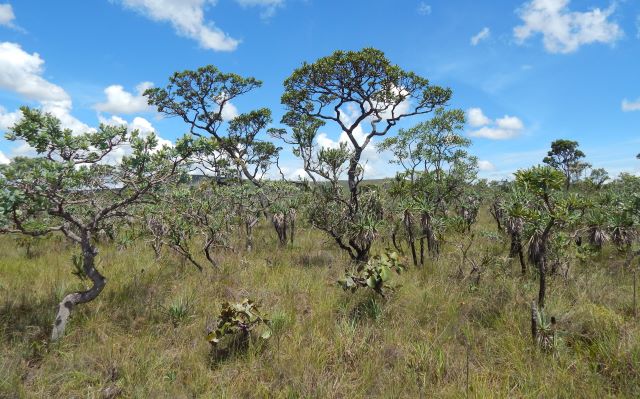
Researchers at the State University of Campinas and collaborators analyzed data from 82 areas of the Brazilian savanna biome located in five states and the Federal District. The results showed that recovering the biome’s extraordinary diversity requires a combination of several restoration techniques as well as conservation of what has not yet been destroyed.